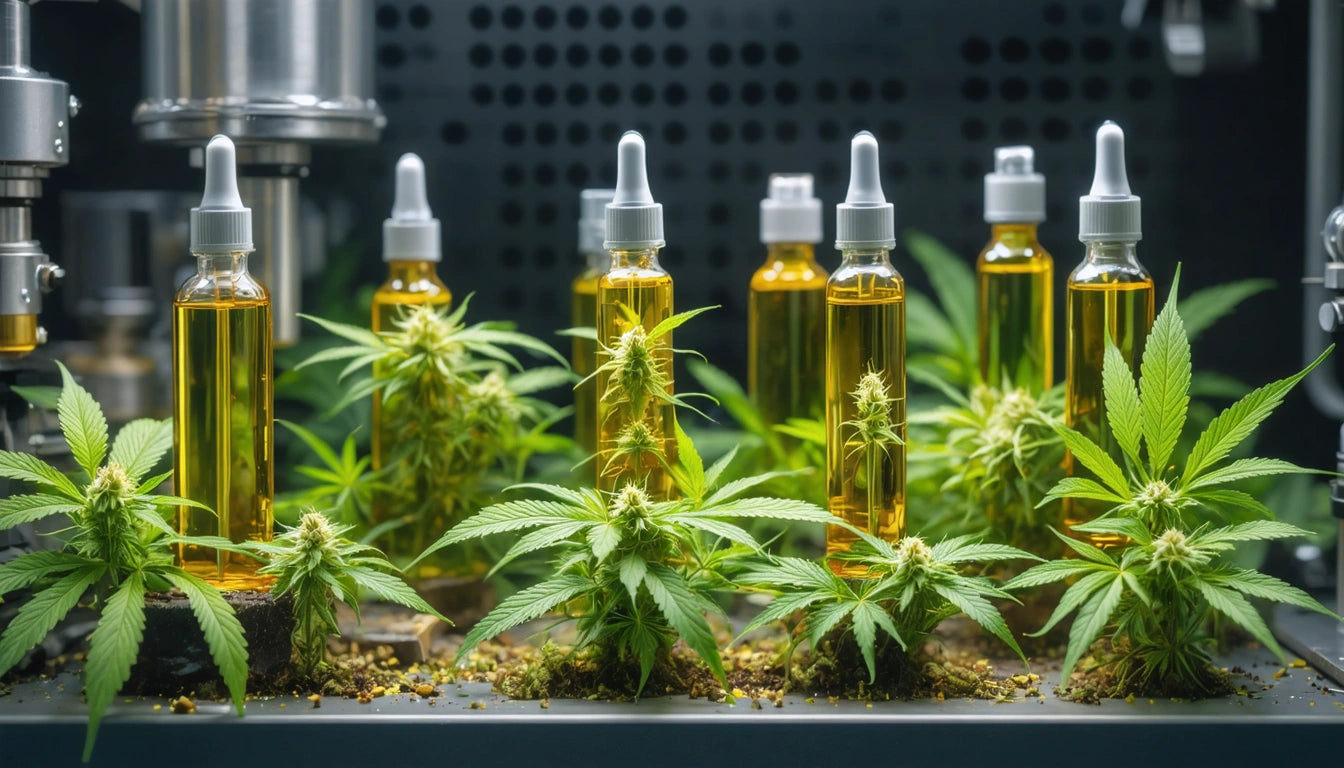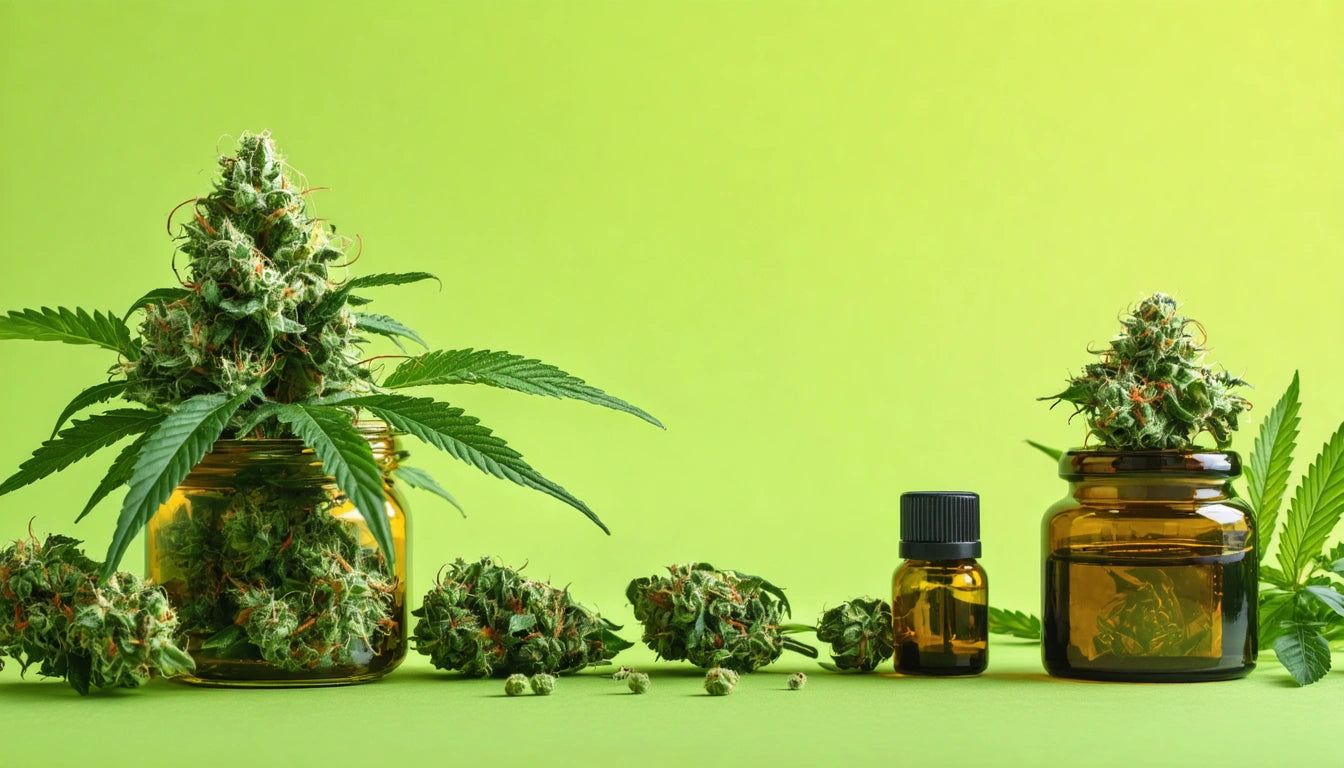Table of Contents
Expanding cannabis operations across multiple jurisdictions presents significant packaging challenges. Each state and country maintains unique child-resistant (CR) packaging requirements, creating a complex regulatory landscape for brands with multi-market ambitions. Understanding these variations is crucial for successful expansion while maintaining compliance and brand integrity.
Understanding CR Packaging Standards Across Borders
Child-resistant packaging serves as the first line of defense against accidental ingestion by children. While the core purpose remains consistent globally, the specific standards and testing protocols vary significantly. As outlined in this comprehensive guide to CR definitions and standards, most jurisdictions base their requirements on established protocols like the CPSC's 16 CFR 1700 or ISO 8317.
These standards typically require packaging to be difficult for children under five to open while remaining accessible to adults. However, the interpretation and enforcement of these standards differ across markets. For example, some regions require specific opening mechanisms, while others focus more on the testing protocols themselves.
Common CR Mechanisms and Their Global Acceptance
Several CR mechanisms have gained widespread acceptance across multiple markets. These include push-and-turn caps, squeeze-and-pull designs, and slide-lock containers. A detailed breakdown of these mechanisms is available in this resource on CR mechanisms for cannabis products.
When planning multi-state or international launches, brands should consider utilizing pre-approved packaging solutions with established compliance records across multiple jurisdictions. These ready-to-deploy options can significantly reduce the compliance burden when entering new markets.
The Regulatory Landscape for Multi-State Operations
The patchwork of regulations across states creates significant challenges for cannabis brands. According to this state-by-state guide to CR packaging laws, requirements can vary dramatically even between neighboring states.
Key Regulatory Differences to Monitor
- Testing protocols and certification requirements
- Product-specific packaging mandates
- Labeling requirements and warning language
- Material restrictions and sustainability mandates
- Reclosable vs. single-use packaging specifications
International expansion introduces additional complexity. Countries like Canada, Germany, and Australia each maintain distinct regulatory frameworks for cannabis packaging, often with more stringent requirements than found in many U.S. states.
Creating a Unified Packaging Strategy
Rather than developing market-specific packaging for each jurisdiction, forward-thinking brands create adaptable systems that accommodate various regulatory requirements. This approach begins with a comprehensive audit of target market regulations.
Conducting a Regulatory Audit
Before expanding to new markets, brands should document the specific CR requirements for each target jurisdiction. This audit should identify both common requirements and outlier regulations that might necessitate market-specific adaptations.
Common packaging mistakes can be costly when launching in multiple markets. This guide to common CR packaging mistakes highlights pitfalls to avoid during expansion planning.
Modular Design Approaches
A modular approach to packaging design allows brands to maintain consistent visual identity while adapting functional elements to meet various regulatory requirements. This might include:
- Base packaging with market-specific closure mechanisms
- Standardized containers with variable labeling systems
- Unified visual design with adaptable compliance elements
Balancing Compliance with Brand Consistency
Maintaining brand consistency across markets while meeting diverse regulatory requirements presents a significant challenge. This resource on balancing CR requirements with branding offers strategies for preserving brand identity across jurisdictions.
Successful multi-market brands typically establish core design elements that remain consistent regardless of market-specific adaptations. These might include color schemes, typography, and key visual elements that communicate brand identity even when packaging structures must vary.
Cost Considerations for Multi-Market Packaging
Developing compliant packaging for multiple markets inevitably increases costs. This breakdown of CR packaging cost factors examines the financial implications of multi-market compliance.
To optimize costs, brands should consider:
- Economies of scale through standardized components
- Partnerships with suppliers who operate in multiple target markets
- Phased expansion strategies that prioritize regulatory-compatible markets
- Inventory management systems that prevent market-specific packaging obsolescence
Future-Proofing Your Packaging Strategy for Global Expansion
As regulations continue to evolve, brands must develop adaptable packaging strategies that can respond to changing requirements without complete redesigns. This forward-looking approach includes monitoring regulatory trends, investing in flexible production capabilities, and building relationships with packaging partners who understand global compliance landscapes.
Pre-market approval processes present another consideration for brands expanding internationally. This guide to pre-market approval requirements outlines when and how to navigate these processes in various jurisdictions.
The most successful global cannabis brands approach packaging as a strategic asset rather than a compliance burden. By developing systems that can adapt to regulatory requirements while maintaining brand consistency, these companies create scalable foundations for sustainable growth across state lines and international borders.











Leave a comment
All comments are moderated before being published.
This site is protected by hCaptcha and the hCaptcha Privacy Policy and Terms of Service apply.